11 Dividend Stocks With 55 or More Years of Payout Growth
Long-term income investors know that finding dividend stocks with decades of interrupted payments is only part of the winning formula for income investing.


Long-term income investors know that finding dividend stocks with decades of interrupted payments is only part of the winning formula for income investing. Dividend growth matters, too – which is exactly why investors cherish the Dividend Aristocrats.
Dividend Aristocrats are companies in the Standard & Poor’s 500-stock index that have hiked their dividends every year for at least 25 consecutive years. Rising dividends naturally make these stocks more attractive to new income investors, and steady payout hikes reward existing investors with increasingly higher yields on their shares’ original buy-in cost.
Most importantly, regular dividend hikes fuel the magic of compounding. Indeed, many of the best stocks of all time have long histories of dividend growth.
Since reliable dividend stocks with growing payouts can provide some comfort amid market uncertainty, we took a look at the 11 Dividend Aristocrats with the longest histories of annual dividend increases. After all, when a dividend stock manages to raise its payout through good times and bad, decade after decade, you know management is making its income-reliant shareholders a top priority.
Disclaimer
Data is as of March 20 unless otherwise listed. Dividend yields are calculated by annualizing the most recent quarterly payout and dividing by the share price. Dividend history based on company information and S&P data. Dividend-growth streaks include the current year if the company has announced a dividend hike in 2019. Analysts’ ratings provided by FactSet via WSJ.com. The list of Dividend Aristocrats is maintained by S&P Dow Jones Indices.
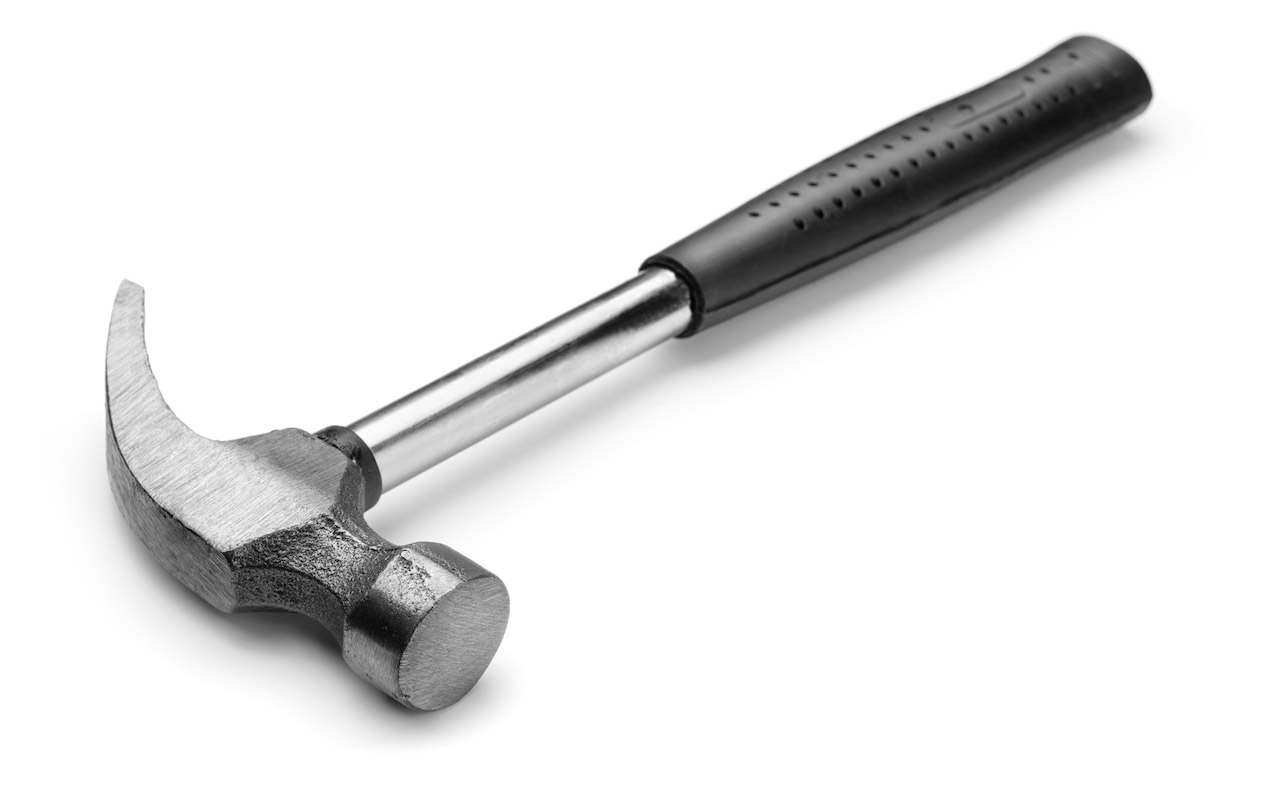
Illinois Tool Works
- Market value: $48.1 billion
- Dividend yield: 2.8%
- Consecutive annual dividend increases: 55
- Analysts’ opinion: 3 buy, 0 overweight, 14 hold, 2 underweight, 4 sell
- Illinois Tool Works (ITW, $145.66) – which makes construction products, car parts, restaurant equipment and more – dates back to 1912. Its dividend isn’t much younger; the company started delivering regular payouts in 1933.
ITW operates in 57 countries and boasts more than 17,000 granted and pending patents. Its brands include the namesake Illinois Tool Works, as well as Stero dishwashers, ACME Packaging Systems and Miller welding equipment.
The company’s most recent dividend hike was a 28% raise in August, to 88 cents per share. And investors can expect more improvements in the future, considering ITW sports a healthy payout ratio of 46.8%, which means it’s paying out less than half its profits as dividends. When it made the dividend announcement, it also authorized new stock buybacks worth up to $3 billion.

Colgate-Palmolive
- Market value: $56.7 billion
- Dividend yield: 2.6%
- Consecutive annual dividend increases: 56
- Analysts’ opinion: 6 buy, 1 overweight, 15 hold, 0 underweight, 3 sell
- Colgate-Palmolive (CL, $65.11) is a consumer-staples mainstay whose brands include Colgate dental products, Palmolive dish detergent, Speed Stick deodorant, Irish Spring soap and Murphy wood cleaners, not to mention several other brands that are popular in international markets.
In fact, the company derives the vast majority of its sales outside the U.S., though that has been a problem of late. A stronger dollar, stagnant demand in key overseas markets and higher input costs have been weighing on Colgate’s results. That’s among the reasons Kiplinger listed Colgate among 5 stocks to sell in 2019.
Still, Colgate’s dividend – which dates back to 1985 and has increased annually for 56 years – should survive. The hikes themselves haven’t been very generous of late, however. The company’s most recent dividend raise, announced in mid-March, was just 2.4% to 43 cents per share. That follows a 5% bump in 2018. Still, its recession-proof products and decent yield may make CL worth a look once the company navigates its way out of its current quagmire.

Johnson & Johnson
- Market value: $368.7 billion
- Dividend yield: 2.6%
- Consecutive annual dividend increases: 56
- Analysts’ opinion: 7 buy, 1 overweight, 9 hold, 1 underweight, 0 sell
- Johnson & Johnson (JNJ, $137.29), founded in 1886 and public since 1944, operates in several different segments of the health-care industry. Johnson & Johnson is best-known for over-the-counter consumer products such as Band-Aids, Bengay, Rolaids, Mylanta, Listerine and Tylenol. However, it also has a medical-device business, as well as pharmaceutical products such as autoimmune drug Remicade and anticoagulant Xarelto.
The consumer-products division has J&J embroiled in high-profile litigation over allegations that its iconic talcum powder is linked to cancer. But no matter how that turns out, it shouldn’t affect those who count on JNJ’s steady dividends over the long term. The health-care giant hiked its payout by 7.1% in April 2018, extending its streak of consecutive annual dividend increases to 56.
That should continue. Johnson & Johnson’s payout ratio of 63% still gives it room to keep expanding its dividend, especially if it keeps improving its earnings. Analysts expect that to be the case, modelling 6.6% average annual profit growth over the next half-decade.
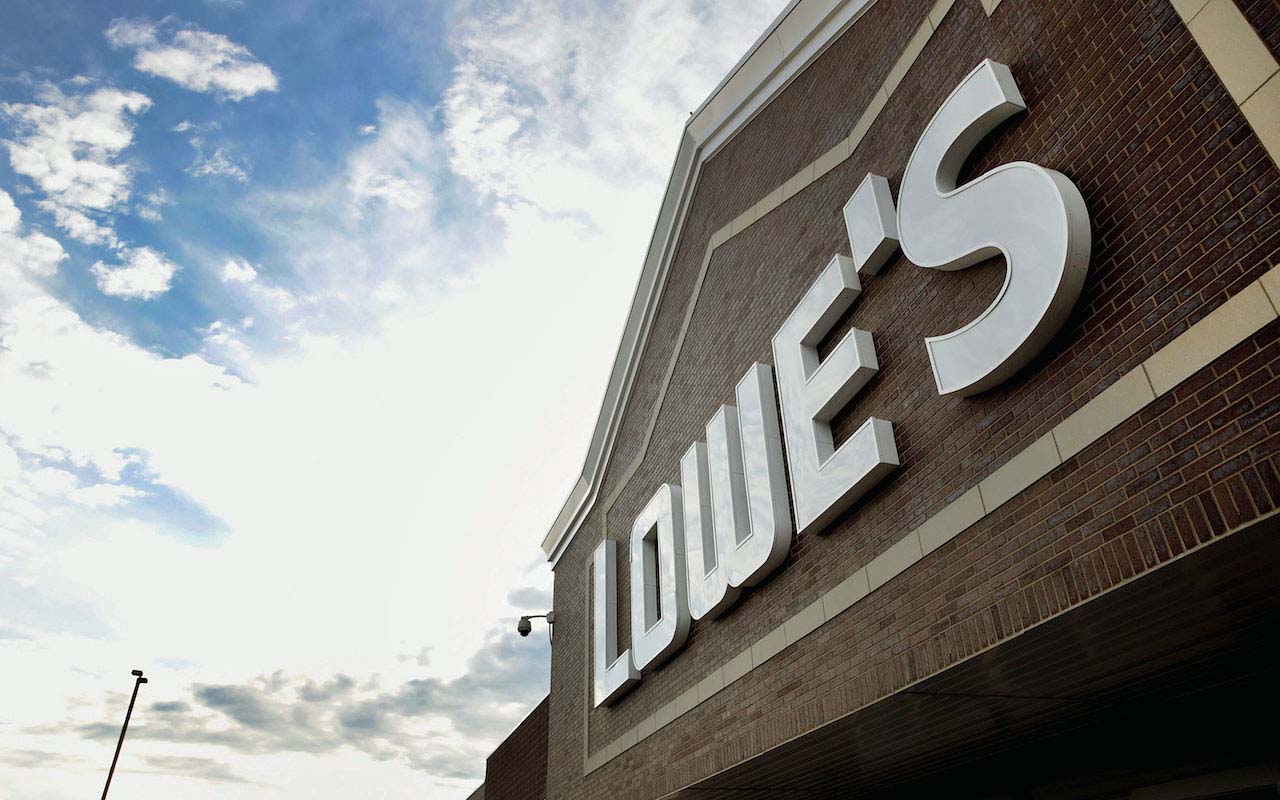
Lowe’s
- Market value: $84.9 billion
- Dividend yield: 1.9%
- Consecutive annual dividend increases: 56
- Analysts’ opinion: 19 buy, 4 overweight, 10 hold, 0 underweight, 0 sell
When it comes to home improvement chains, Home Depot (HD), a member of the Dow Jones Industrial Average, gets all the glory. However, No. 2 rival Lowe’s (LOW, $103.59) is the superior payout grower between these two DIY dividend stocks.
Give the steadily rising dividend at least some of the credit. Lowe’s has paid a dividend every quarter since going public in 1961, and that dividend has increased annually for more than half a century. Lowe’s most recent hike was a 17% jump to 48 cents per share, announced in June 2018. (For the record, Home Depot also is a longtime dividend payer, but its string of annual dividend increases dates back only to 2010.)
Analysts expect Lowe’s to deliver average annual earnings growth of 16% for the next five years, according to Refinitiv, and that’s thanks in part to changes meant to help expand profit margins. Morgan Stanley’s Simeon Gutman, who has an “Overweight” rating on the stock, wrote in March that he is “gaining confidence in Lowe’s path to higher margins via improved execution, stronger sales, and cost reduction.”
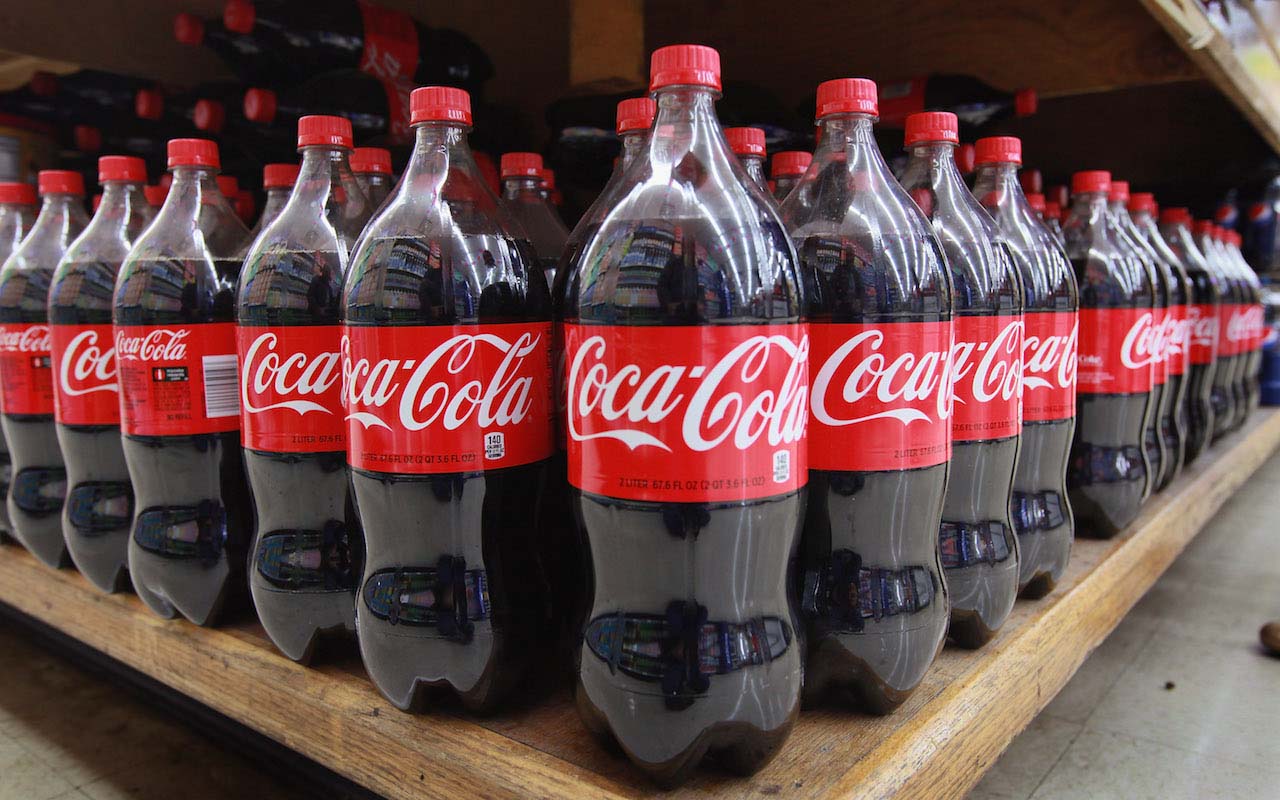
Coca-Cola
- Market value: $194.8 billion
- Dividend yield: 3.5%
- Consecutive annual dividend increases: 57
- Analysts’ opinion: 9 buy, 4 overweight, 12 hold, 0 underweight, 0 sell
- Coca-Cola (KO, $45.53) has long been known for quenching consumers’ thirst, but it’s equally effective at quenching investors’ thirst for income. The company has paid a quarterly dividend since 1920, and those regular income checks have increased annually for the past 57 years.
Coca-Cola’s core business has been challenged for some time; the U.S. market for carbonated beverages has been on the decline for more than a decade, and a few cities are trying to curb sugar consumption by implementing soda taxes. However, Coca-Cola has responded by adding bottled water, fruit juices and teas to its product lineup. In addition to the namesake Coca-Cola brand, KO also sports names such as Minute Maid, Powerade, Simply Orange and Vitaminwater.
And in January, Coca-Cola completed the acquisition of Costa Limited, which owns the popular Costa Coffee brand that operates in more than 30 countries.

Cincinnati Financial
- Market value: $13.8 billion
- Dividend yield: 2.7%
- Consecutive annual dividend increases: 59
- Analysts’ opinion: 1 buy, 0 overweight, 8 hold, 0 underweight, 1 sell
- Cincinnati Financial (CINF, $84.03) has one of the Dividend Aristocrats’ longest streaks of consecutive annual dividend increases. The property and casualty insurer on Feb. 1 announced that it would lift its quarterly dividend 5.4% to 56 cents per share – the company’s 59th straight year of annual increases.
Income investors can expect more where that came from.
“This increase also demonstrates the board’s confidence that our operating strategy will allow us to continue rewarding shareholders into the future,” CEO Steven Johnston said in a news release.
Analysts expect forecast average annual earnings growth of 5% for the next five years, according to Refinitiv data.
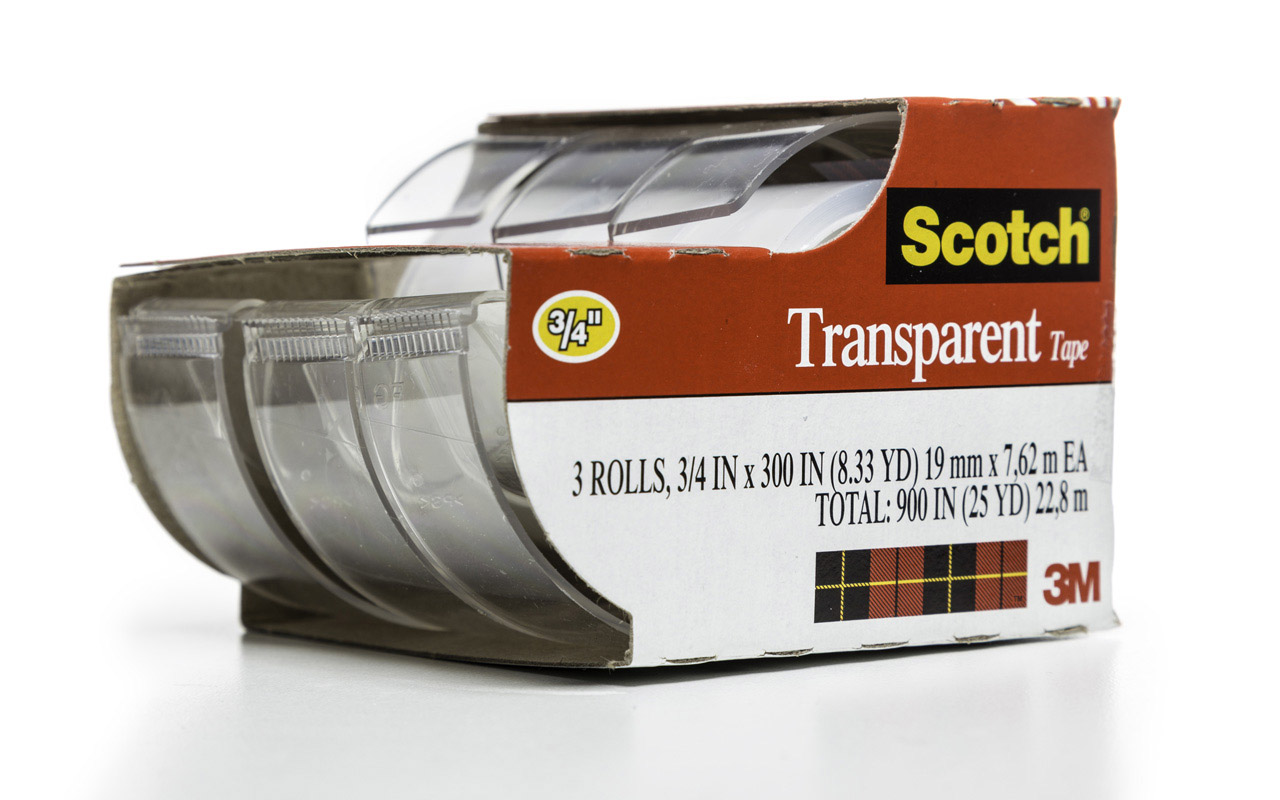
3M
- Market value: $120.8 billion
- Dividend yield: 2.8%
- Consecutive annual dividend increases: 60
- Analysts’ opinion: 6 buy, 0 overweight, 11 hold, 0 underweight, 3 sell
Industrial conglomerate 3M (MMM, $208.30) – which makes everything from Post-it Notes to Scotchgard stain and water repellents to Thinsulate clothing insulation – kicked off 2019 on a down note. The Dow component lowered its 2019 profit outlook, in part because of sluggish demand from China.
But whatever the shorter-term holds for 3M’s share price, investors can depend on the conglomerate’s steady payouts over the long haul. While inclusion in the S&P 500 Dividend Aristocrats requires a minimum of 25 years of uninterrupted dividend growth, MMM has much more – its dividend has improved annually for six consecutive decades, and the payout dates back more than 100 years.
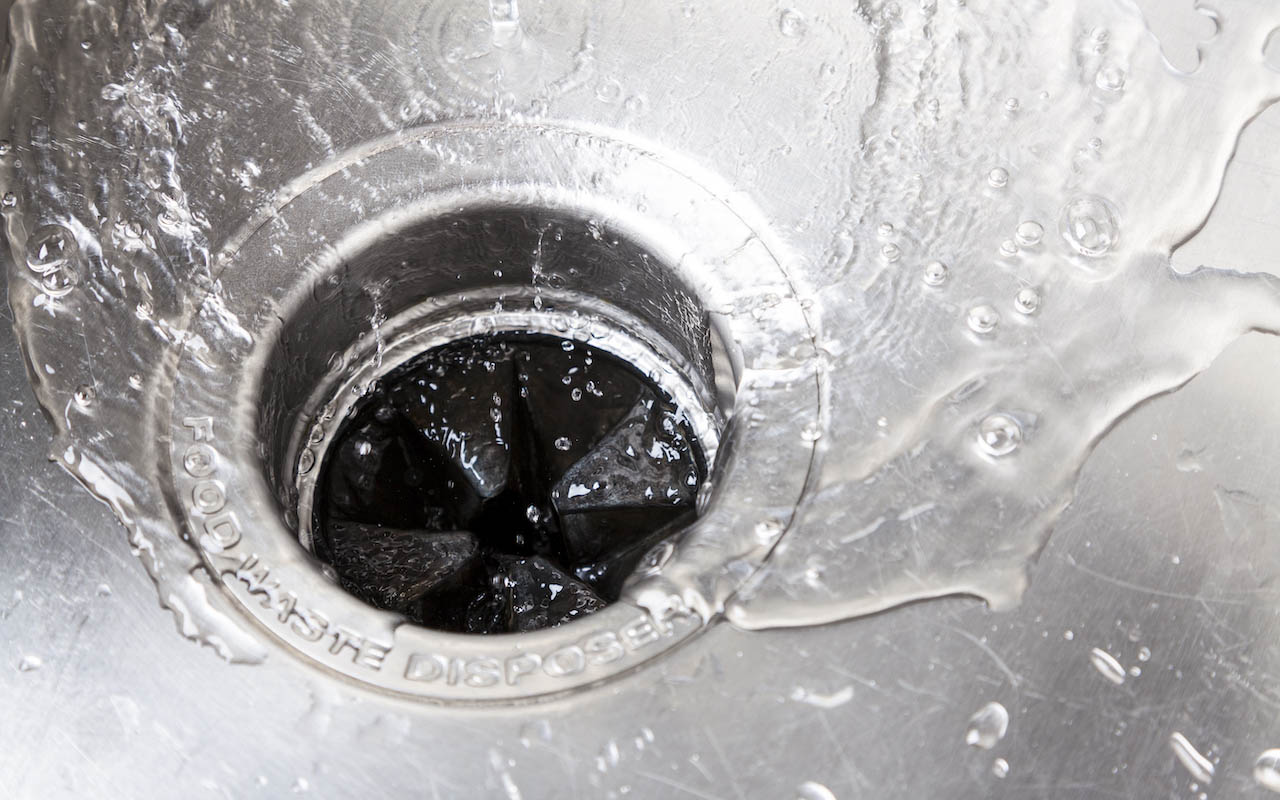
Emerson Electric
- Market value: $42.5 billion
- Dividend yield: 2.9%
- Consecutive annual dividend increases: 62
- Analysts’ opinion: 11 buy, 2 overweight, 11 hold, 0 underweight, 0 sell
- Emerson Electric (EMR, $68.28), whose roots go back to 1890, makes a wide variety of industrial products, ranging from control valves to heating and air conditioning to electrical fittings.
The prolonged downturn in oil prices weighed on Emerson for a couple years as energy companies continued to cut back on spending. Happily, analysts now say it’s well-positioned to take advantage of the recovery in the energy sector. Earnings are forecast to increase at an average annual rate of a little more than 9% for the next five years.
Emerson has paid dividends since 1956 and has boosted its annual payout for 62 consecutive years, including its last hike – a marginal half-cent increase to 49 cents per share – in November 2018. Last year, EMR returned $2.2 billion to shareholders through dividends and share repurchases.
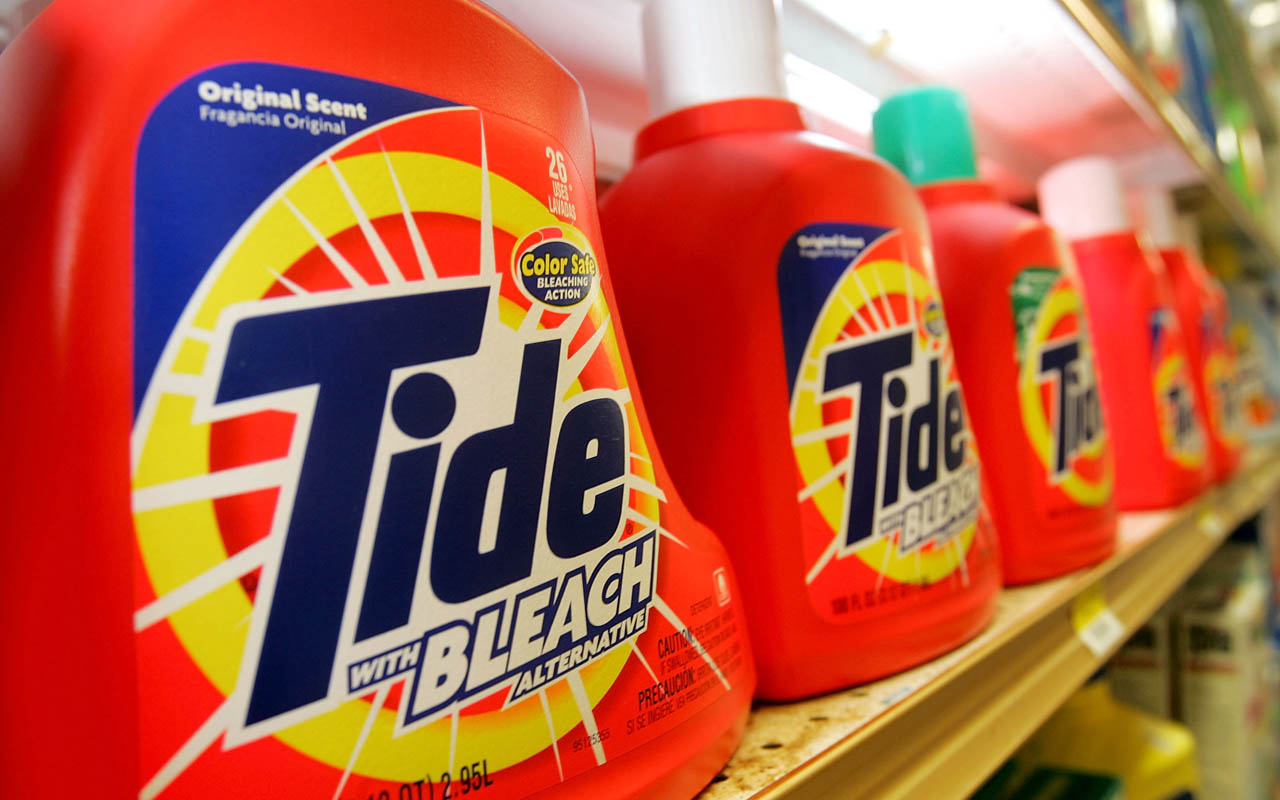
Procter & Gamble
- Market value: $257.0 billion
- Dividend yield: 2.8%
- Consecutive annual dividend increases: 62
- Analysts’ opinion: 7 buy, 3 overweight, 16 hold, 0 underweight, 1 sell
- Procter & Gamble (PG, $101.72), which got its start back in 1837, is among the world’s largest consumer-products companies. It boasts 22 brands that generate at least $1 billion in annual revenues, including Always feminine protection products, Bounty paper towels, Braun electric shavers and appliances, Charmin bath tissue, Crest dental products, Duracell batteries, Iams pet foods, Pampers diapers and even Pringles potato chips.
The economy might ebb and flow, but demand typically remains stable for essentials such as toilet paper, toothpaste and soap.
Procter & Gamble isn’t completely recession-proof, but its dividend so far has been. The Dow component has paid shareholders a dividend since 1890, and it has hiked that payout annually for 62 consecutive years. P&G’s last increase came in April 2018, meaning investors should watch out for No. 63 in the coming weeks.
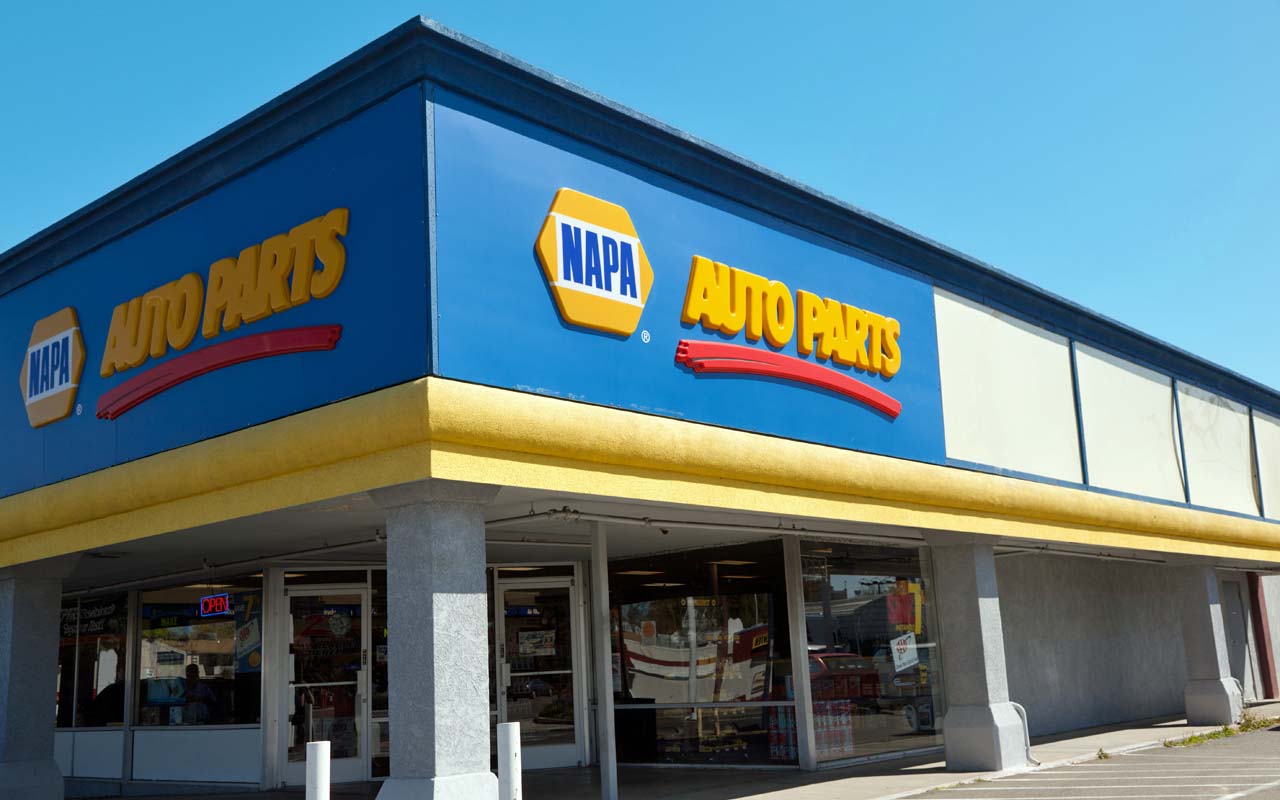
Genuine Parts
- Market value: $15.9 billion
- Dividend yield: 2.8%
- Consecutive annual dividend increases: 63
- Analysts’ opinion: 1 buy, 0 overweight, 11 hold, 0 underweight, 0 sell
Automotive and industrial replacement parts maker Genuine Parts (GPC, $107.25) is best-known for the Napa brand, though it also operates under AutoTodo in Mexico and UAP in Canada.
Since its founding in 1928, it has pursued a strategy of acquisitions to fuel growth. At the end of 2017, it bought Alliance Automotive Group, one of the largest distribution companies in Europe, for $2 billion. AAG then proceeded to gobble up Platinum International Group and TMS Motor Spares in 2018, and it finalized the acquisition of Germany’s Hennig Fahrzeugteile Group in January 2019.
GPC has hiked its payout annually for more than six decades, including a 5.9% increase to 76.25 cents quarterly announced in February. That marked the company’s 63rd consecutive dividend increase, tying it with our final Aristocrat – for now.

Dover
- Market value: $13.4 billion
- Dividend yield: 2.1%
- Consecutive annual dividend increases: 63
- Analysts’ opinion: 6 buy, 3 overweight, 11 hold, 0 underweight, 0 sell
Industrial conglomerate Dover (DOV, $91.34) boasts the longest streak of consecutive annual dividend hikes at 63, and if all goes well, it should extend that run to 64 years sometime this summer.
Dover has its hands in all sorts of industries, from Dover-branded pumps, lifts and even productivity tools for the energy business, to Hillphoenix-branded refrigeration equipment you’d typically find in supermarkets.
This isn’t an exciting business, though it did garner some headlines in 2018. Dover, feeling pressure from activist investor Daniel Loeb’s Third Point hedge fund, spun off its upstream energy business. Known as Apergy (APY), the spinoff began trading on the New York Stock Exchange in May 2018.
Dividend growth has been a priority for Dover, which at 63 consecutive years of annual distribution hikes boasts the third-longest such streak among publicly traded companies. Dover’s last dividend improvement came in August 2018, when it upped its quarterly payout by 2% to 48 cents per share. Given that Dover’s dividend accounts for less than half the company’s profits, a dividend increase in August of this year seems likely – which would put the company back on top with its 64th straight annual upgrade.
Get Kiplinger Today newsletter — free
Profit and prosper with the best of Kiplinger's advice on investing, taxes, retirement, personal finance and much more. Delivered daily. Enter your email in the box and click Sign Me Up.

Dan Burrows is Kiplinger's senior investing writer, having joined the august publication full time in 2016.
A long-time financial journalist, Dan is a veteran of MarketWatch, CBS MoneyWatch, SmartMoney, InvestorPlace, DailyFinance and other tier 1 national publications. He has written for The Wall Street Journal, Bloomberg and Consumer Reports and his stories have appeared in the New York Daily News, the San Jose Mercury News and Investor's Business Daily, among many other outlets. As a senior writer at AOL's DailyFinance, Dan reported market news from the floor of the New York Stock Exchange.
Once upon a time – before his days as a financial reporter and assistant financial editor at legendary fashion trade paper Women's Wear Daily – Dan worked for Spy magazine, scribbled away at Time Inc. and contributed to Maxim magazine back when lad mags were a thing. He's also written for Esquire magazine's Dubious Achievements Awards.
In his current role at Kiplinger, Dan writes about markets and macroeconomics.
Dan holds a bachelor's degree from Oberlin College and a master's degree from Columbia University.
Disclosure: Dan does not trade individual stocks or securities. He is eternally long the U.S equity market, primarily through tax-advantaged accounts.
-
 Stock Market Today: Stocks Struggle Amid Tariff Uncertainty
Stock Market Today: Stocks Struggle Amid Tariff UncertaintyBoeing dropped after China suspended new aircraft orders, while Bank of America and Citi climbed on earnings beats.
By Karee Venema
-
 Starbucks 2025 Dress Code Changes: See the New Look
Starbucks 2025 Dress Code Changes: See the New LookThe 2025 Starbucks dress code change features a uniformed look as part of creating a more familiar and friendly cafe experience.
By Sean Jackson
-
 The Cheapest Places To Retire in the US
The Cheapest Places To Retire in the USWhen you're trying to balance a fixed income with an enjoyable retirement, cost of living is a crucial factor to consider.
By Stacy Rapacon
-
 Dividends Are in a Rut
Dividends Are in a RutDividends may be going through a rough patch, but income investors should exercise patience.
By Jeffrey R. Kosnett
-
 Municipal Bonds Stand Firm
Municipal Bonds Stand FirmIf you have the cash to invest, municipal bonds are a worthy alternative to CDs or Treasuries – even as they stare down credit-market Armageddon.
By Jeffrey R. Kosnett
-
 Can Stocks Picked by Artificial Intelligence Beat the Market? 3 Stocks to Watch
Can Stocks Picked by Artificial Intelligence Beat the Market? 3 Stocks to Watchstocks An artificial intelligence stock-picking platform identifying high-potential equities has been sharp in the past. Here are three of its top stocks to watch over the next few months.
By Dan Burrows
-
 High Yields From High-Rate Lenders
High Yields From High-Rate LendersInvestors seeking out high yields can find them in high-rate lenders, non-bank lenders and a few financial REITs.
By Jeffrey R. Kosnett
-
 Time to Consider Foreign Bonds
Time to Consider Foreign BondsIn 2023, foreign bonds deserve a place on the fringes of a total-return-oriented fixed-income portfolio.
By Jeffrey R. Kosnett
-
 5 Stocks to Sell or Avoid Now
5 Stocks to Sell or Avoid Nowstocks to sell In a difficult market like this, weak positions can get even weaker. Wall Street analysts believe these five stocks should be near the front of your sell list.
By Dan Burrows
-
 Best Stocks for Rising Interest Rates
Best Stocks for Rising Interest Ratesstocks The Federal Reserve has been aggressive in its rate hiking, and there's a chance it's not done yet. Here are eight of the best stocks for rising interest rates.
By Jeff Reeves
